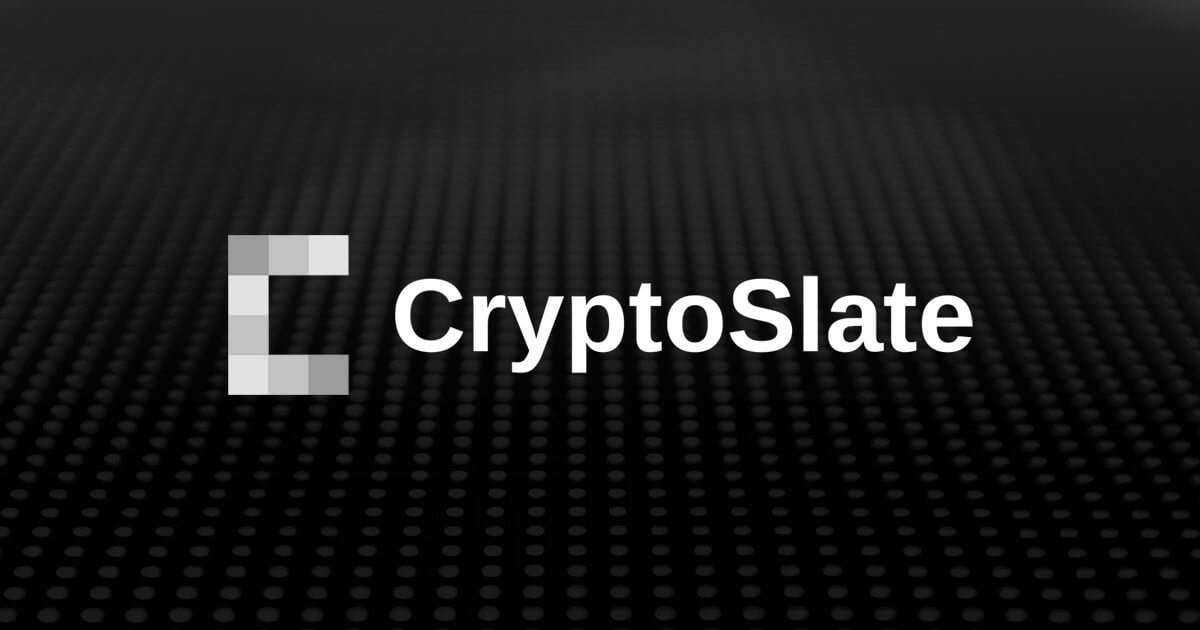Analysis of first 100000 blocks

After a successful launch, Frontier passed its 100,000th block earlier this week. Some interesting statistics from the first block are:
First 50 block times (seconds):

Immediately after creation, it took 29 seconds for the second block to appear, and the next two blocks took 31 and 29 seconds to appear. As the final genesis block becomes known, it’s no surprise that miners are messing around with their settings.
After these first blocks, we see block times dropping significantly due to the onslaught of large miners, with a limit of 1 second enforced by the consensus protocol.
Now let’s look at the average block time (every 200th block from Genesis to block 10000).

As the difficulty scaling algorithm catches up, we see hashing performance really hit the network after the first few hundred blocks with block times of 1-2 seconds. This algorithm increases or decreases the difficulty by diff/2048 for each block depending on the block time.
After a few thousand blocks, you’ll see the difficulty increase to the point where block times fall into the 4-5 second range. After 9k blocks it starts to get closer to the target time of 15 seconds.
Largest miners in the first 100,000 blocks (address, block, %):
0xef247e639d49461d25f57e9362cade3120910ce0 851 0.81% 0x790b8a3ce86e707ed0ed32bf89b3269692a23cc1 914 0.87% 0x0037ce3d4b7f8729c8607d8d0248252be68202c0 949 0.90% 0xbb12b5a9b85d4ab8cde6056e9c1b2a4a337d2261 1102 1.04% 0x580992b51e3925e23280efb93d3047c82f17e038 1129 1.07% 0xf2d2aff1320476cb8c6b607199d23175cc595693 1141 1.08% 0x47ff6576639c2e94762ea5443978d7681c0e78dc 1159 1.10% 0x1b7047b4338acf65be94c1a3e8c5c9338ad7d67c 1335 1.26% 0xeb1325c8d9d3ea8d74ac11f4b00f1b2367686319 1446 1.37% 0xbcb2e3693d246e1fc00348754334badeb88b2a11 1537 1.45% 0xa50ec0d39fa913e62f1bae7074e6f36caa71855b 1692 1.60% 0xf8e0ca3ed80bd541b94bedcf259e8cf2141a9523 2437 2.31% 0x9746c7e1ef2bd21ff3997fa467593a89cb852bd0 3586 3.39% 0x88d74a59454f6cf3b51ef6b9136afb6b9d405a88 4292 4.06% 0xbb7b8287f3f0a933474a79eae42cbca977791171 8889 8.41% 0xf927a40c8b7f6e07c5af7fa2155b4864a4112b13 9151 8.66% 0xe6a7a1d47ff21b6321162aea7c6cb457d5476bca 11912 11.28%
It’s unclear whether a single miner uses multiple Coinbase addresses, but assuming they use a single address, hash power is distributed fairly evenly over the first 100,000 blocks. 0xe6a7a1d47ff21b6321162aea7c6cb457d5476bca with a hashing performance of 11% is: Spool, Ethereum’s first mining pool. Next, there are two large miners with about 8% stake. After these three, the distribution is fairly even, with most miners having less than 1% of the total hashing power.
However, things are evolving quickly in the Ethereum world, and if we look at the last 15,000 blocks, we see this:
0x580992b51e3925e23280efb93d3047c82f17e038 327 2.2% 0xbb7b8287f3f0a933474a79eae42cbca977791171 496 3.3% 0xf927a40c8b7f6e07c5af7fa2155b4864a4112b13 612 4.1% 0x790b8a3ce86e707ed0ed32bf89b3269692a23cc1 674 4.5% 0xe6a7a1d47ff21b6321162aea7c6cb457d5476bca 5775 38.5%
Here, ethpool now holds almost 40% of the hashing power, with the second and third largest miners down to 4%.
blocks in a row
Another interesting statistic is to look at consecutive sets of blocks from the same miner. This can give you insight into how hashing performance and latency behave for large-scale miners.
At launch, most of the consecutive blocks we saw were six. For example, blocks 1578, 1579, 1580, 1581, 1582, and 1583 mined at 0x9dfc0377058b7b9eb277421769b56df1395705f0.
0xbb7b8287f3f0a933474a79eae42cbca977791171 also mined six blocks several times (e.g. blocks 656, 657, 658, 659, 660, and 661).
This miner also mined 5, 4, 3, and 2 blocks in a row on several occasions, which is not surprising at 21% of the total hashing power at the time.
This occurred shortly after launch when difficulty increased rapidly and many miners had not yet joined the network. After block 5000, hashing power evened out and we didn’t see more than 4 blocks in a row for a while.
However, the most recent blocks in a row is 10. For example, blocks 103049, 103050, 103051, 103052, 103053, 103054, 103055, 103056, 103057, 103058 in ethpool. Aside from ethpool, no miner has more than 6 blocks in a row.
We’ll be observing more statistics from the Frontier network over the coming months, so stay tuned!
Gustav Simonsson Developer on the Ethereum Security and Go teams.


